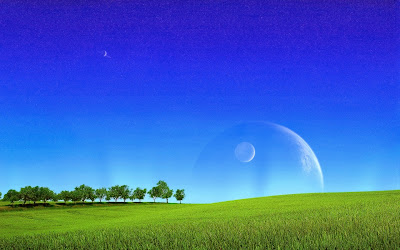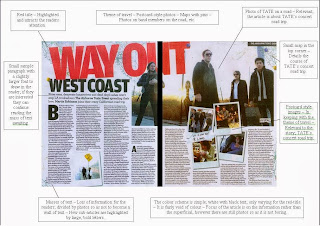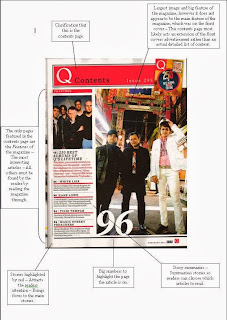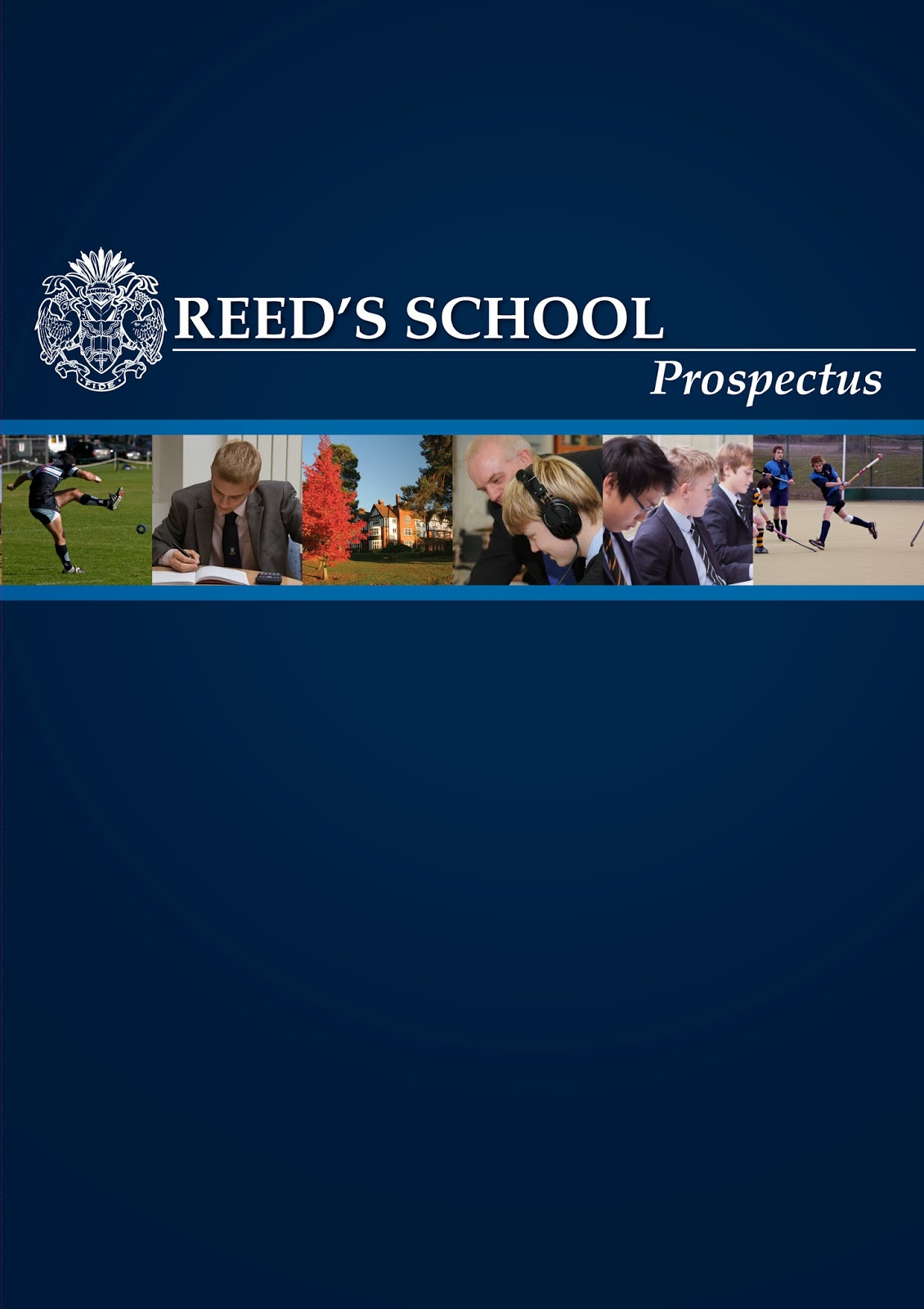The masthead of the double-page spread "Coyote Kisses: Step Into The Light" spans both pages. "Coyote Kisses" references the feature topic, the band, whilst "Step Into The Light" refers to the article content, which conveys the bands music as the future of electronic, and the featured image of a character stepping into the light, whilst maintaining the cinematic theme of the magazine established on the front cover.
The concept for the double-page spread was simple. I wanted a lot of white space available for text, yet an artistic enough image to match the style of the front cover. I decided that the text should cover the sky portion of the image, whilst the lower half of the double-page spread be a nice artistic photo. The model in the photograph is intentionally off-centre so as the image was not ruined or distorted by the divide between the pages. Instead, the model is on the right, not the left, so as not to distract readers who would of course read from left-to-right.
The article text follows the regular conventions of magazine publications; it is written in columns, paragraphed frequently, and implements humour and both colloquial and professional lexis to keep the material fresh for the readers.
Beside the main image is an annotation box; "Coyote Kisses Top 5 Tracks", listing the editor's (my) favourite songs by the band for the benefit of the readers.
The image has been edited mildly. Originally, the model was walking up a rainy hill. The lighting was altered and a sunbeam effect added in Photoshop to create this image:
.jpg)


.jpg)


























